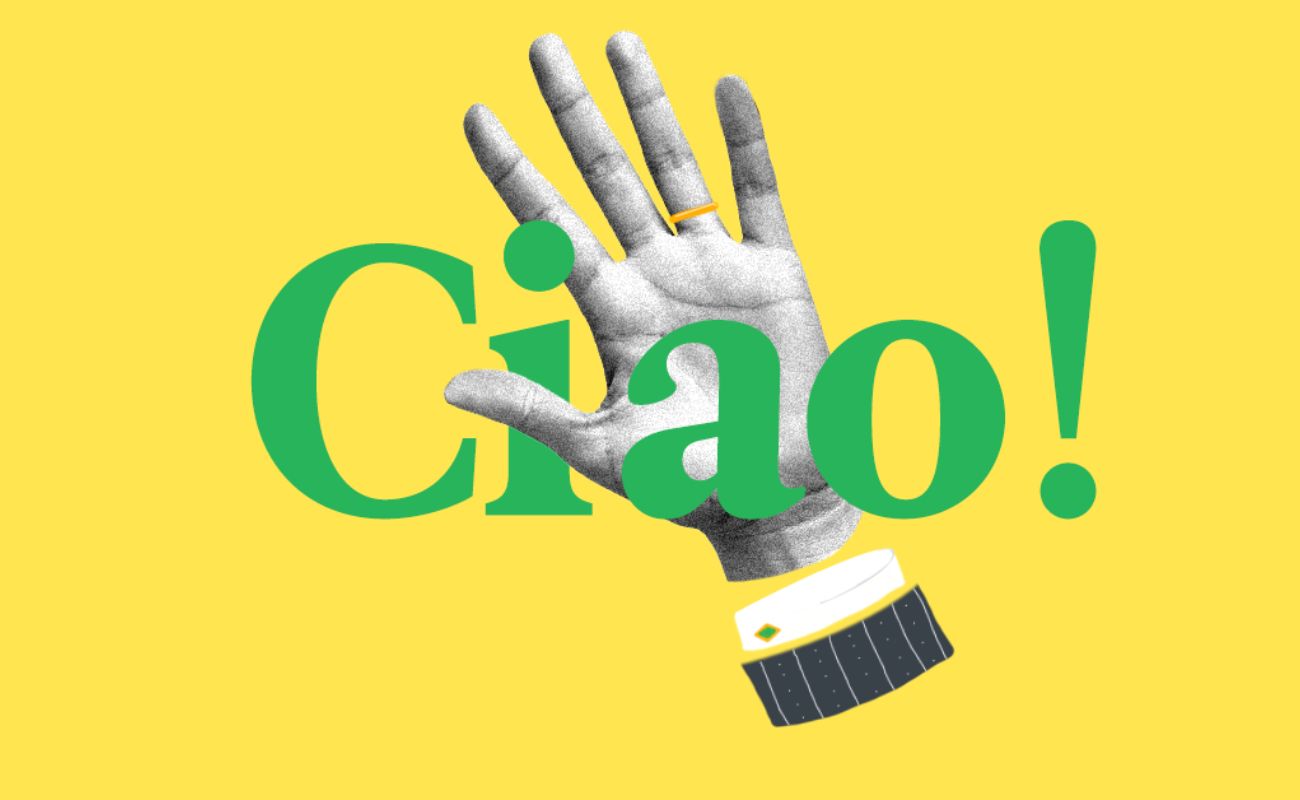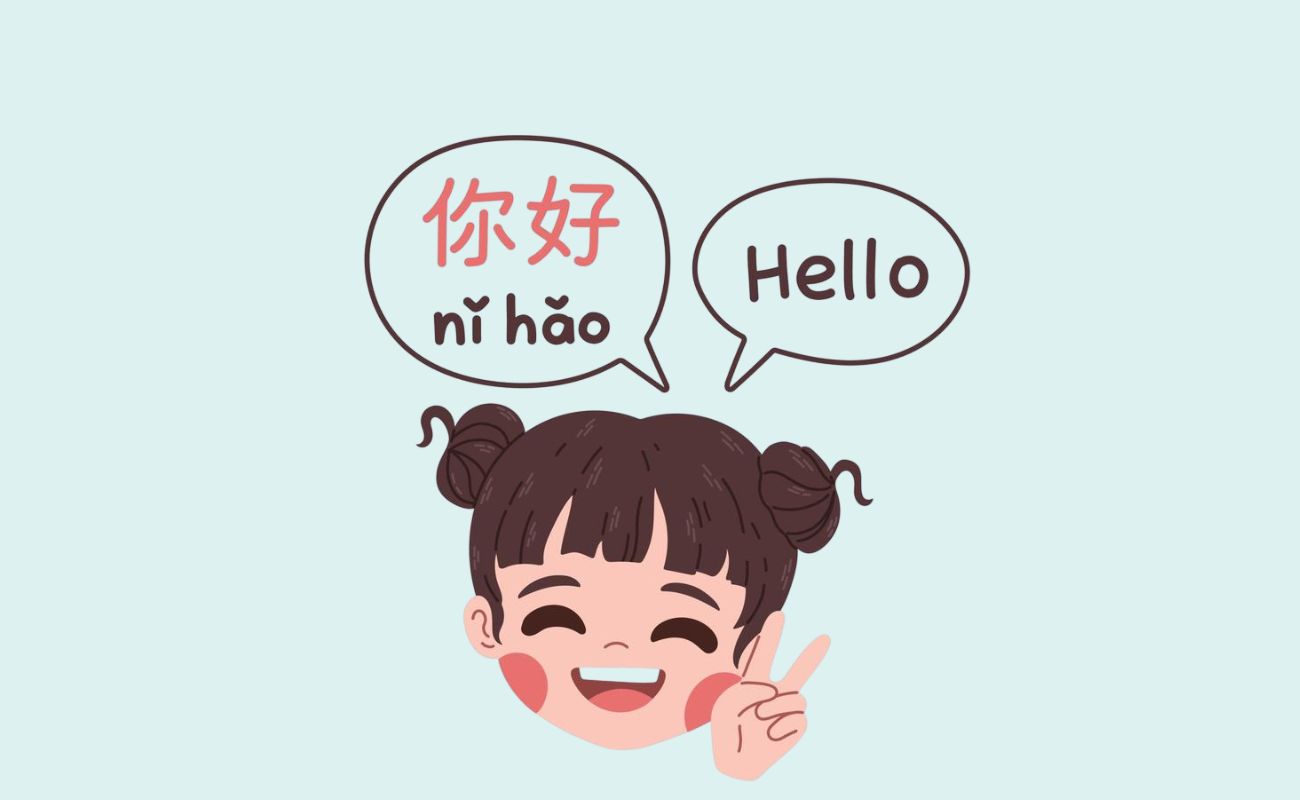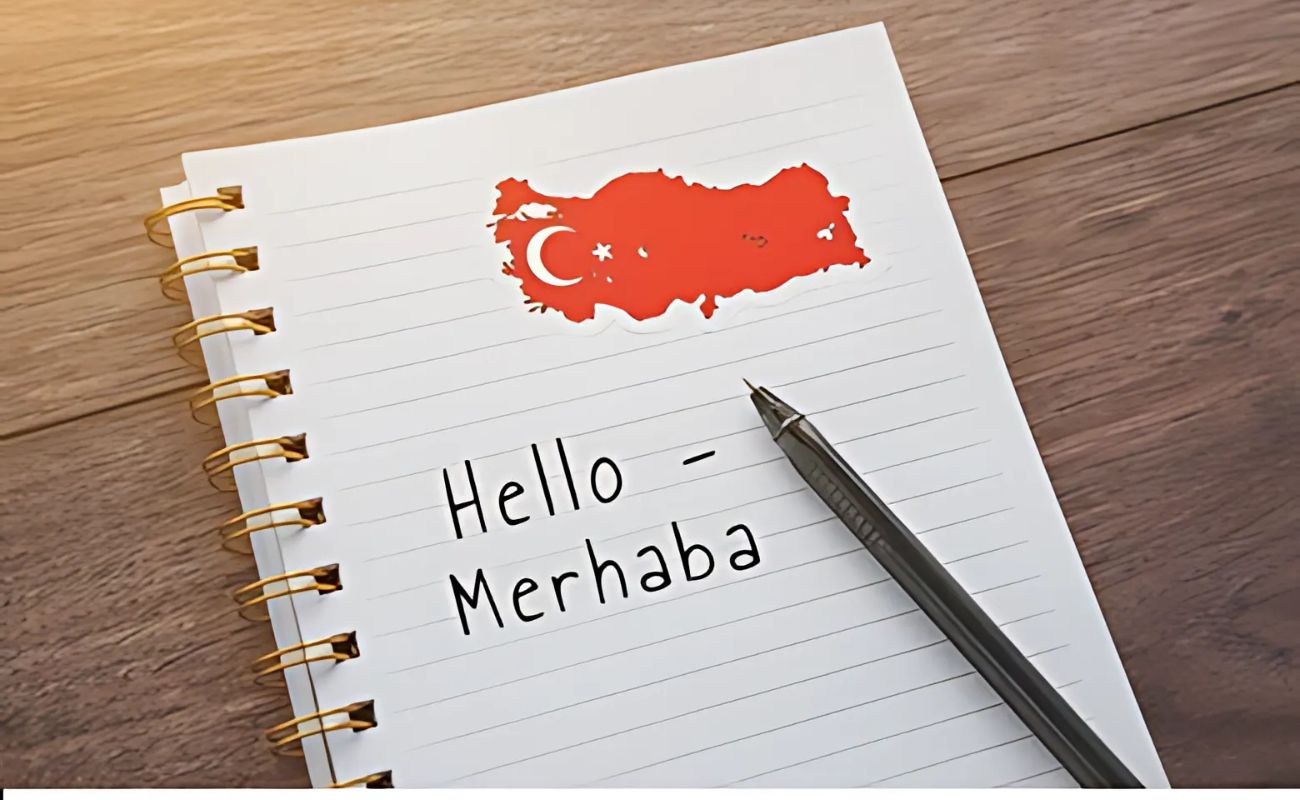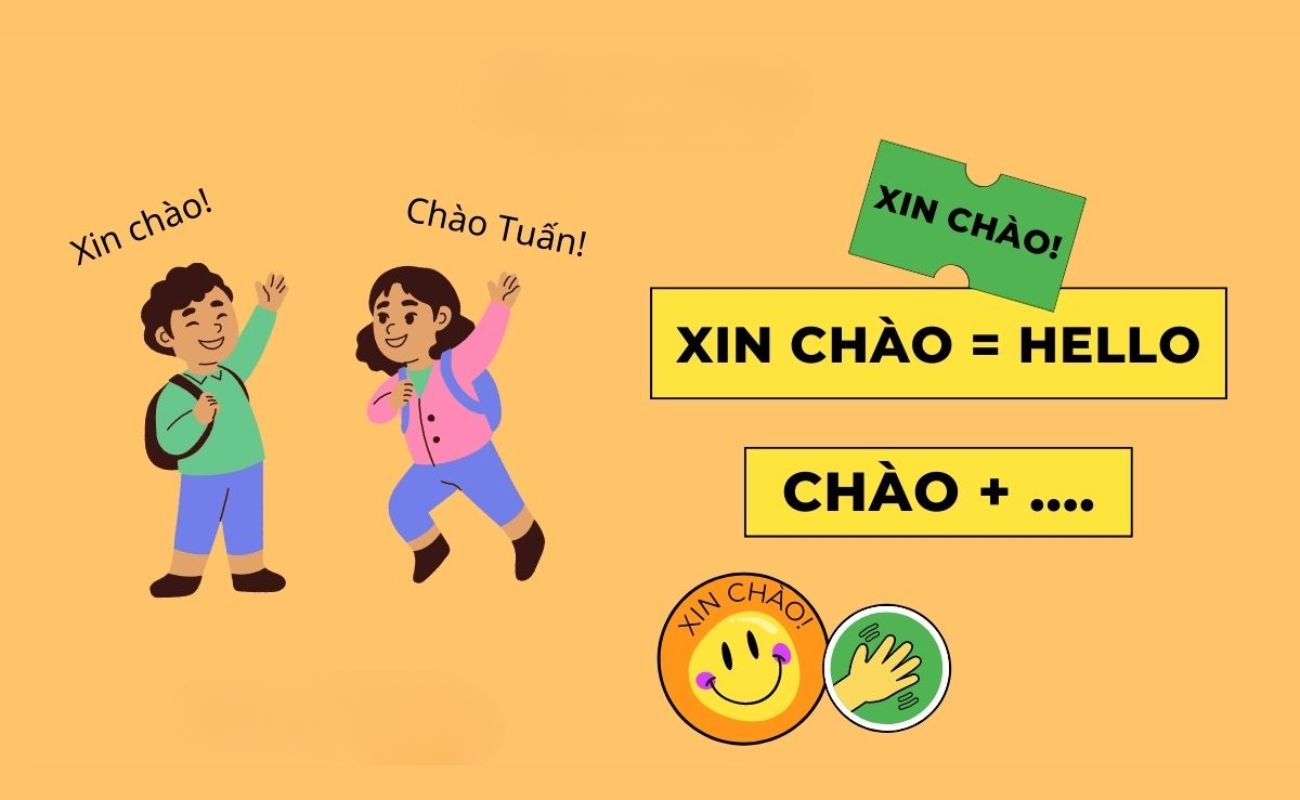Hello in 20 Different Languages
Below are ways to say hello in 20 different languages, each with proper pronunciation, cultural context, and a glimpse into the people who use it every day.
1. English – Hello
- Pronunciation: /həˈloʊ/
- Spoken in: United States, United Kingdom, Canada, Australia, and over 50 other countries as a first or second language.
Did you know? The word “hello” became popular in the late 1800s thanks to the invention of the telephone. Thomas Edison pushed for “hello” to be the standard greeting when answering calls, beating Alexander Graham Bell’s more nautical “ahoy.”
2. Spanish – Hola
- Pronunciation: /ˈo.la/
- Spoken in: Spain, Mexico, most of Central and South America, and among large communities in the U.S.

“Hola” may seem simple, but tone and body language matter a lot in Hispanic cultures. A warm “hola” is often paired with a kiss on the cheek or a firm handshake, depending on the country.
3. French – Bonjour
- Pronunciation: /bɔ̃.ʒuʁ/
- Spoken in: France, Belgium, Switzerland, Canada (Quebec), and over 20 African countries.
In France, not saying “bonjour” before speaking is considered rude, it’s one of the most essential greetings in any list of hello in 20 different languages. The word literally means “good day,” and in Paris, saying “bonjour” unlocks better service in cafés and shops. What’s more, France has time-specific greetings: after 6 p.m., “bonsoir” (good evening) is expected instead of “bonjour.”
See also:
4. German
- Pronunciation: /ˈha.loː/
- Spoken in: Germany, Austria, Switzerland, Liechtenstein, Luxembourg.
Germans are known for efficiency, and greetings reflect that. “Hallo” is short, neutral, and used in both formal and informal contexts.
But here’s the twist: in Bavaria and Austria, “Grüß Gott” (literally “God greet you”) is still widely used, even by teens texting friends.
5. Italian – Ciao

- Pronunciation: /ˈtʃa.o/
- Spoken in: Italy, San Marino, parts of Switzerland, and Italian diasporas worldwide.
In Italy, “ciao” says a lot with very little. It means both hello and goodbye, but locals use it selectively. In formal situations or with elders, it’s more respectful to say “buongiorno.”
Fun fact: “ciao” evolved from a Venetian expression meaning “your humble servant” — a relic of old-world courtesy, now one of the most globally recognized greetings.
6. Portuguese – Olá
- Pronunciation: /oˈla/
- Spoken in: Portugal, Brazil, Angola, Mozambique, Cape Verde, and other Lusophone regions.
In Brazil, “Olá” is commonly followed by a cheerful “tudo bem?” — which literally means “all good?” but functions as an automatic pleasantry. It’s not really a question, and most people answer with “tudo!” or the same phrase back. It’s part of the country’s famously warm, relaxed communication style.
7. Russian – Здравствуйте (Zdravstvuyte)
- Pronunciation: /ˈzdrast.vʊj.tʲɪ/
- Spoken in: Russia, Belarus, Kazakhstan, Kyrgyzstan, and Russian-speaking communities across Eastern Europe.
Russian greetings might sound intense, and “zdravstvuyte” is no exception — a seven-consonant tongue twister that means “be healthy.” Don’t expect a big smile or small talk, Russians reserve warmth for when it truly matters.
8. Chinese (Mandarin) – 你好 (Nǐ hǎo)

- Pronunciation: /nǐ xɑ̀ʊ/
- Spoken in: Mainland China, Taiwan, Singapore, and Chinese-speaking communities worldwide.
However, native speakers rarely use it with friends. Instead, phrases like “吃了吗?” (chī le ma? – “Have you eaten?”) are traditional greetings rooted in historical food scarcity, reflecting how culture shapes everyday language.
9. Japanese – こんにちは (Konnichiwa)
- Pronunciation: /koɴ.ni.tɕi.wa/
- Spoken in: Japan
“Konnichiwa” is a shortened version of an older phrase meaning “It is fine weather today.” In Japanese culture, greetings are deeply tied to seasonal awareness and social harmony, and even casual hellos reflect a quiet mindfulness about time, context, and respect.
10. Korean – 안녕하세요 (Annyeong haseyo)
- Pronunciation: /an.jʌŋ.ha.se.jo/
- Spoken in: South Korea, North Korea, and Korean communities abroad.
“Annyeong” means peace, so “annyeong haseyo” roughly translates to “Are you at peace?” The phrase embodies a Confucian worldview, where greetings are wishing the other person wellness, balance, and harmony in life – a cultural depth that makes Korean stand out among the phrases in our hello in 20 different languages list
11. Arabic – مرحباً (Marḥaban)
- Pronunciation: /mar.ħa.ban/
- Spoken in: Most Arab countries across the Middle East and North Africa.
In Arabic, greetings can last several minutes and often include questions about family, health, and even the weather — not out of small talk, but as a deep-rooted social ritual that reflects honor and status. In Bedouin culture, ignoring a greeting is seen as an insult that may be remembered for years.
As you continue through this guide to hello in 20 different languages, you’ll notice just how much history and personality is packed into a single word.
12. Hindi – नमस्ते (Namaste)
- Pronunciation: /nə.məs.teː/
- Spoken in: India, Nepal, and Hindi-speaking communities worldwide.
In modern India, “namaste” appears in everything from airport ads to diplomatic meetings, but young people often replace it with “hi” or “hello” in casual texts. The biggest surprise? Bollywood stars now say “namaste” mostly at press events — not when greeting friends.
13. Turkish – Merhaba
- Pronunciation: /ˈmeɾ.ha.ba/
- Spoken in: Turkey, Northern Cyprus, and Turkish communities abroad.

Istanbul’s Grand Bazaar is one of the only places in the world where you’ll hear “merhaba” followed by “bonjour,” “ni hao,” and “ciao”, all from the same vendor. Turkish hospitality is business-savvy, and “merhaba” is the hook to start a sale, not just a hello.
14. Greek – Γειά σου (Yia sou)
- Pronunciation: /ˈʝa su/
- Spoken in: Greece, Cyprus, and Greek diaspora communities.
“Yia sou” comes from the Greek word for “health” (υγεία – ygeía) and doubles as a toast — “To your health!” In Greek culture, greetings often come with smiles, hand gestures, and even food because to say hello is to begin a relationship.
15. Dutch – Hallo
- Pronunciation: /ˈɦɑ.loː/
- Spoken in: Netherlands, Belgium (Flanders), Suriname, and parts of the Caribbean.
In the Netherlands, greeting etiquette varies wildly by region, from three-cheek kisses in the south to a casual “hallo” nod in the north. Dutch people value efficiency, so greetings tend to be brief, but skipping one entirely can make you seem cold or distant.
16. Swedish – Hej
- Pronunciation: /hɛj/
- Spoken in: Sweden, parts of Finland, and Swedish-speaking communities globally.
Swedes say “hej” to everyone. But what’s fascinating is “hej hej” (double hello) is more common than “hej” alone, and ironically, sounds less enthusiastic. In professional emails, they often use “Hej!” as both greeting and goodbye.
17. Polish – Cześć
- Pronunciation: /t͡ʂɛɕt͡ɕ/
- Spoken in: Poland and Polish diaspora communities in the U.S., UK, and Germany.
“Cześć” is informally used with friends, never in business. But Poland’s greeting landscape is rich: older generations still use “Szczęść Boże” (God bless you) in rural areas, especially in Catholic contexts. That contrast reflects the country’s deep roots in both modernity and tradition.
18. Vietnamese – Xin chào

- Pronunciation: /sin tɕaːw/
- Spoken in: Vietnam and Vietnamese diaspora in the U.S., France, Australia, and beyond.
“Xin chào” sounds polite, but native speakers rarely use it in daily life. Instead, greetings change based on age, gender, and relationship, like “Chào anh” or “Chào cô.” Interestingly, Vietnamese is one of the few Asian languages with a Latin alphabet, introduced by French Jesuit missionaries in the 17th century.
19. Hebrew – שלום (Shalom)
- Pronunciation: /ʃaˈlom/
- Spoken in: Israel and Jewish communities worldwide.
“Shalom” means hello, goodbye, and peace, but what’s striking is that every greeting in Modern Hebrew has a biblical echo. In Israel, it’s common to answer “Shalom” with “Shalom rav” (great peace), blending modern speech with ancient resonance.
20. Swahili – Hujambo
- Pronunciation: /huˈdʒɑm.bo/
- Spoken in: Kenya, Tanzania, Uganda, Rwanda, and East African coastal regions.
“Hujambo?” literally asks, “Are you free of problems?” and the reply, “Sijambo,” means “I have no problems.” Swahili greetings are structured like call-and-response — a reflection of East Africa’s oral storytelling culture, where dialogue matters more than speed.
Bonus: Quick Pronunciation Chart
Here’s a quick reference to help you review how to say hello in 20 different languages, with accurate IPA for each one.
| Language | Phrase | Pronunciation (IPA) |
| English | Hello | /həˈloʊ/ |
| Spanish | Hola | /ˈo.la/ |
| French | Bonjour | /bɔ̃.ʒuʁ/ |
| German | Hallo | /ˈha.loː/ |
| Italian | Ciao | /ˈtʃa.o/ |
| Portuguese | Olá | /oˈla/ |
| Russian | Здравствуйте | /ˈzdrast.vʊj.tʲɪ/ |
| Chinese (Mandarin) | 你好 (Nǐ hǎo) | /nǐ xɑ̀ʊ/ |
| Japanese | こんにちは (Konnichiwa) | /koɴ.ni.tɕi.wa/ |
| Korean | 안녕하세요 (Annyeong haseyo) | /an.jʌŋ.ha.se.jo/ |
| Arabic | مرحباً (Marḥaban) | /mar.ħa.ban/ |
| Hindi | नमस्ते (Namaste) | /nə.məs.teː/ |
| Turkish | Merhaba | /ˈmeɾ.ha.ba/ |
| Greek | Γειά σου (Yia sou) | /ˈʝa su/ |
| Dutch | Hallo | /ˈɦɑ.loː/ |
| Swedish | Hej | /hɛj/ |
| Polish | Cześć | /t͡ʂɛɕt͡ɕ/ |
| Vietnamese | Xin chào | /sin tɕaːw/ |
| Hebrew | שלום (Shalom) | /ʃaˈlom/ |
| Swahili | Hujambo | /huˈdʒɑm.bo/ |
Tips to Remember These Greetings

Twenty greetings might sound like a lot, especially when you’re learning to say hello in 20 different languages, but with the right approach, you can lock them into memory faster than you think:
- Group by region or sound: Learn “Hola,” “Olá,” and “Hallo” together. They’re not just geographically close, they’re phonetically similar. Your brain loves patterns.
- Use sticky associations: Picture “Ciao” with an Italian espresso, or “Konnichiwa” with a cherry blossom. The more sensory, the more memorable.
- Create a personal world map: Place each greeting on a real map and mentally “travel” through it. Saying the phrase as you move across borders gives context and reinforces memory.
- Practice with real voices: Use YouTube, native podcasts, or apps with audio by real speakers. Accent and rhythm are just as important as the word itself.
- Turn it into a challenge: Make it a daily warm-up — say 5 greetings aloud each morning, and switch languages every day. You’ll be surprised how quickly it becomes instinct.
Conclusion
A well-timed hello can open more doors than a full sentence. From “Xin chào” to “Shalom,” knowing how to say hello in 20 different languages gives you presence. For more practical tools to build your multilingual skills, check out GuruLango.com — your companion for real-life language learning that sticks.